|
TennisOne Lessons Core Conditioning and Power Dr. Ray Brown We have explained in previous articles that even very slight instabilities in the body can lead to large errors in high-speed play. Of all the areas that are vulnerable to instabilities, the core stands out as the most vulnerable. It is the one part of the body essential for powerful stroke production and versatile mobility that is constantly under high stress during professional level play. The core has no stabilizing bones to assist stabilizing precision movement as does the legs and arms. The only bones, the spinal cord, is simply a protective device for the spinal column and cannot provide stability to the core. Hence, all stability must arise from the muscle structure. There are three areas of greatest concern; (1) the suspension system running from the hips to the upper back that controls the body when in a vertical position. (2) the stomach area essential for vertical stability, and (3) the side areas essential for rotational stability and power. If one were to leave the development of these three areas to increased practice, it can be readily shown that the actions during practice that will develop these areas to a professional level will occur from 1 "development event" (DE) out of 100 shots to, at best, about 1 DE in 10 shots. the conclusion that these figures suggest is that it will take many years to get the level of development seen on the ATP and WTA tours and illustrated in the figures below.
In designing this new series of exercises we considered several factors: time, cost, transferability, safety, quality maintainability of development.
The over all driver for this analysis is the speed of the game today. Ball speeds below 65 mph allow the opponent to hit winners out right from the baseline. Hence, a player must be able to maintain high ball speeds on the run and stretched out. This requires an "overhaul" of their core. Before these exercises will have maximum value a player must be able to do three things: (1) Hit a ball at about 70 mph while standing in place as demonstrated in the core exercise from our last article. (2) Hit a series of 65-70 mph forehands while standing on one leg. (3) Be able to perform the side-to-side drill from 6 balls to 14 balls. These criteria says that the player's core strength and endurance has developed sufficiently to benefit from these more advanced exercises.
All exercises are referenced to the exercise table at the bottom of this page. Some remedial exercises are listed that may be prerequisite to beginning students. A color code is used to suggest the level of difficulty. Gray is for remedial exercises. Green is the beginning level. Orange is for intermediate levels; Red-Orange is advanced; and Red is professional level. The exercise selections are based on student needs. There are over 30 exercises listed and typically one would only need from 10 to 12 for a given student unless you are starting from scratch. Exercise Series 1 Exercise Series 1 (Vertical Stabiity) is designed to challenge all areas of the core while providing some exercise to develop the legs. To do exercise 1, the player must first be able to do deep knee bends (B2VCN). Assuming this capability is in place, the player begins with deep knee bends on the wobble board (Fig 1 - K2VWN from the core exercise table below ) as seen in the illustration above left.
The player should be able to do 10 unassisted before going to step two of this series. In step two, a medicine ball is added (above right) to significantly increase the difficulty (Fig 2 - B2VWN from the table). The medicine ball must be held with the arms horizontal, i.e., parallel to the court. Ten unassisted repetitions are sufficient to advance to Exercise Series 2. A variation on the B2VWN exercise with the medicine ball is for the player to stand erect and lift the medicine ball over and behind their head (see Fig 3 above right).This is exercise B2VWN-2 from the table. Concept: Routine horizontal movement about the court at high speeds requires the core to balance the torso over the hips and legs. The faster you must start and stop, the more maintaining precision control becomes problematic. When starting or stopping, the torso tends to shift the same way a car's weight shifts when the brakes are suddenly applied. These sight shifts can make the rotation stage of a stroke and the shoulder joint very unstable resulting in an unforced error.
Exercise Series ONE is designed to build up control between the torso to hips sufficiently to reduce unforced errors in the early stages of development. The significance of this is that the player now gets to and hits more balls during practice, increasing their on-court development. Exercise Series 2 Concept: The player must be able to control their body while being extended horizontally with sufficient precision to hit a ball at high speed with consistency and accuracy. This places great demands on the suspension system. If a coach leaves the development of this level of control to chance, or just assumes it will develop over time with enough hitting practice, the development will take several years and thousands of balls. However, by targeting this system specifically with specialized exercises, the development can be greatly accelerated. What this means is that the player will develop power and control in their shots several years faster that without this specialized training.
In the Horizontal Stability series of exercises, the player begins with the basic horizontal stability (Fig 4 - K1HCN) exercise illustrated above, right by fifteen year old Anske Venter. The objective is to maintain balance on one leg. The primary targeted area is the back of the core. Gravity is acting to pull the player's torso down. The player must maintain the horizontal position with ease, on either leg before advancing to the next level. The other leg should be extended so as to be as straight as possible. The coach must stand near the player and be ready to assist them if they begin to fall. Also, the coach must spot the player initially until they develop sufficient leg and ankle strength to maintain balance on their own. As a precaution, keep your hand near the shoulder and under the leg as illustrated in the figure. Begin with 5 second intervals and adjust the time upward to 20 seconds before advancing to the second stage of this exercise. Anske stabilized in about one week allowing us to move on to stage two of the knee bending exercises (Fig 5 - K1HWN), where the wobble board was introduced.
The wobble board is a simple balancing tool that moves in three dimensions. The base is circular. Many such products are available. We initially used foam rubber balance designed for medical rehabilitation but quickly discovered they were not sufficiently challenging for top athletes. A side benefit to switching to the wobble board is that it is a fraction of the cost of the rehabilitation devices. K1HVWN (Fig 5) is being illustrated above by Dawn Buth, former top 100 player. She is balancing on the wobble board with ease. I am pointing to the specific part of her back where the suspension system is being challenged. A variation on this exercise utilizes a 6lb ball in one hand, illustrated above with a blue ball (Fig 6 - B1HWN-2). For less advanced players, this exercise starts on the court rather than the wobble board. The player starts with the ball at rest with the arm in a vertical position. Then, with a straight arm, the player lifts the ball until it is parallel with their body. Work up to 15 repetitions. Variations Using a Body Vest. The above two series of exercises can be enhanced by adding an adjustable weight vest. The one we use can be weighted up to 40 pounds in about one pound increments. The third stage of this exercise consists in doing knee bends. First on the court and then on the wobble board. In the exercise on the right, Anske is doing deep knee bends (Fig 7 - K2VWV) on the wobble board from series 1. Fifteen is a good objective for an advanced student when done in combination with other exercises in this series. In the other exercise to the immediate right, Dawn is doing the Series 1 ball lift while wearing the full forty pounds standing on the wobble board (Fig 8 - B2VWV).
All Series 1and 2 exercises can all be done with the weighted vest. Exercise Series 3 (Serve Stability) In this exercise, the player develops the ability to stand on their toes and look up at the serve with their knees and back bent. As with all exercises, we over challenge the body to create a more stable, powerful, and consistent level of skill. A beginning level and intermediate level of this exercise, the Limbo Exercise, is illustrated by Anske to the right and far right. The only difference is the degree of tilt and how far up on the toes the player is. Below Anske and Dawn illustrate an advanced form of this exercise wearing the forty pound vest. The angle that Dawn is able to lean back illustrates just how strong professional players bodies are. Comparing this exercise to the Sampras serve we can see just how powerful his body was.
Series 4 Rotational Speed with Power
Many coaches use a medicine ball to aid in core rotational power development. However, this is not adequate in isolation because one cannot throw a medicine ball at he speeds needed to develop the control necessary to hit an eighty mph forehand. We developed the radar core exercise illustrated in our last article to supplement the medicine ball. However, we have developed a new exercise that provides additional help in this ares. It consists in holding a five foot, 12 pound bar at the center as Dawn illustrates to the right and then rotating back and forth for 15 seconds at as high a speed as you are capable of. Of course, one must proceed with caution and go slowly until you understand your player's current limits. Summary In summary, high-speed power tennis is not possible without a very powerful core. We have found that it is not sufficient to just use the medicine ball, tension devices and other commercial exercises to rapidly develop the level of core strength needed for power tennis. As a result we have designed a series of new core exercises to fill this void in the precision movement and conditioning program needed for power tennis. Use these exercises with care and caution and at your own risk. Safety is our first priority in developing any player.
Your comments are welcome. Let us know what you think about Ray Brown's article by emailing us here at TennisOne.
Ray Brown is the founder of EASI Tennis®. The EASI Tennis®System is a new and revolutionary method of teaching stroke technique that can dramatically reduce the time needed to learn to play master, or any level, of tennis. To learn more about the EASI Tennis® System, click here.
Over the past fifteen years Ray has been working in the area of neuroscience and brain dynamics and its application to tennis training. During this time, he has conducted extensive experiments in conjunction with his wife to develop scientifically advanced tennis skill and conditioning programs Ray is currently a WTA/ITF Challenge Circuit Coach, the girls Head Coach at TJ High School in Alexandria, VA and a teaching pro in Annandale, VA. Ray also administrers an advanced training certification program (EASI), see http://www.easitenniscertification.com/. Dr. Brown received his Ph.D. in mathematics from the University of California, Berkeley in the area of nonlinear dynamics and has over 30 years of experience in the analysis of nonlinear systems. He has published over 40 articles on tennis coaching and player development and over 35 scientific papers on complexity, chaos, and nonlinear processes. |

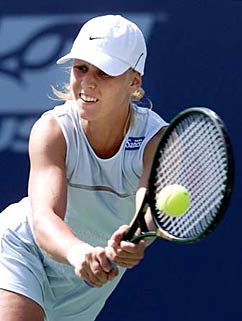
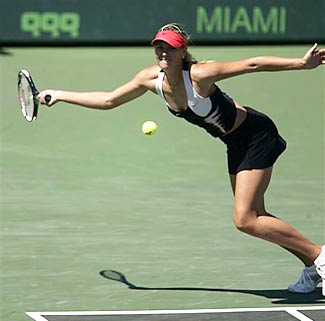
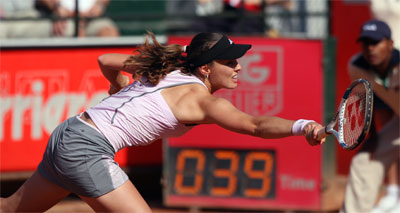 By targeting these areas with specific designed exercises, we can accelerate this process significantly, even for professionally bound players. Our studies have shown that by using the right targeted exercises, in as little as ten weeks one can transform an average high school varsity player into a top national level varsity player. In percentages, a player's skill level can be improved by much more that a factor of 10 in 10 weeks. A residual benefit is that the players confidence, enthusiasm, and shot selection skill also increases significantly.
By targeting these areas with specific designed exercises, we can accelerate this process significantly, even for professionally bound players. Our studies have shown that by using the right targeted exercises, in as little as ten weeks one can transform an average high school varsity player into a top national level varsity player. In percentages, a player's skill level can be improved by much more that a factor of 10 in 10 weeks. A residual benefit is that the players confidence, enthusiasm, and shot selection skill also increases significantly.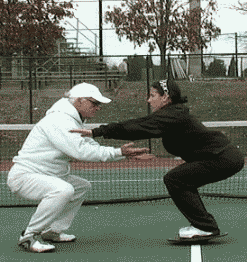
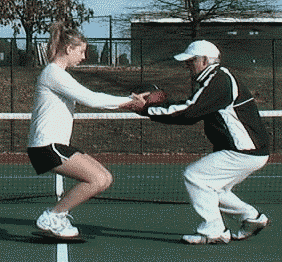
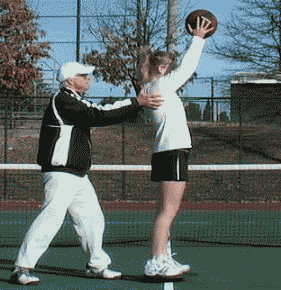
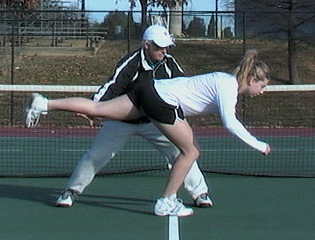
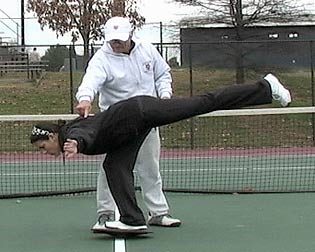
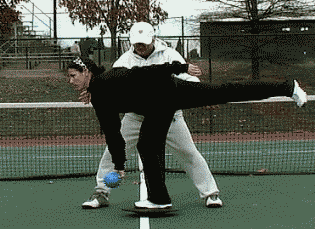
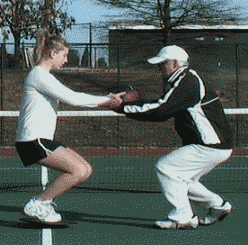
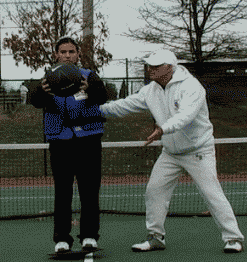
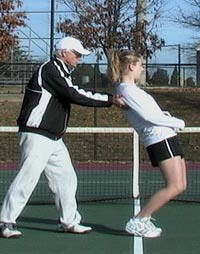
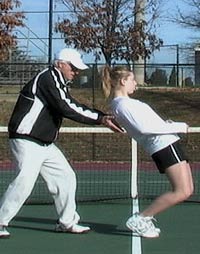
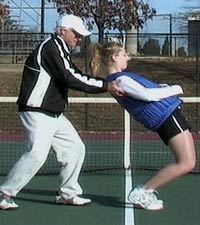
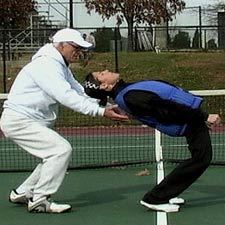
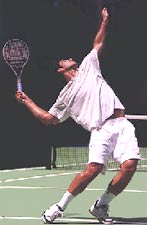
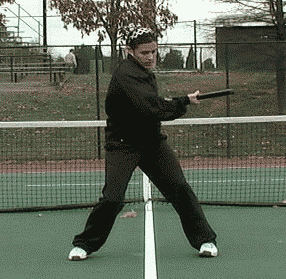
 Ray Brown, Ph.D.
Ray Brown, Ph.D.